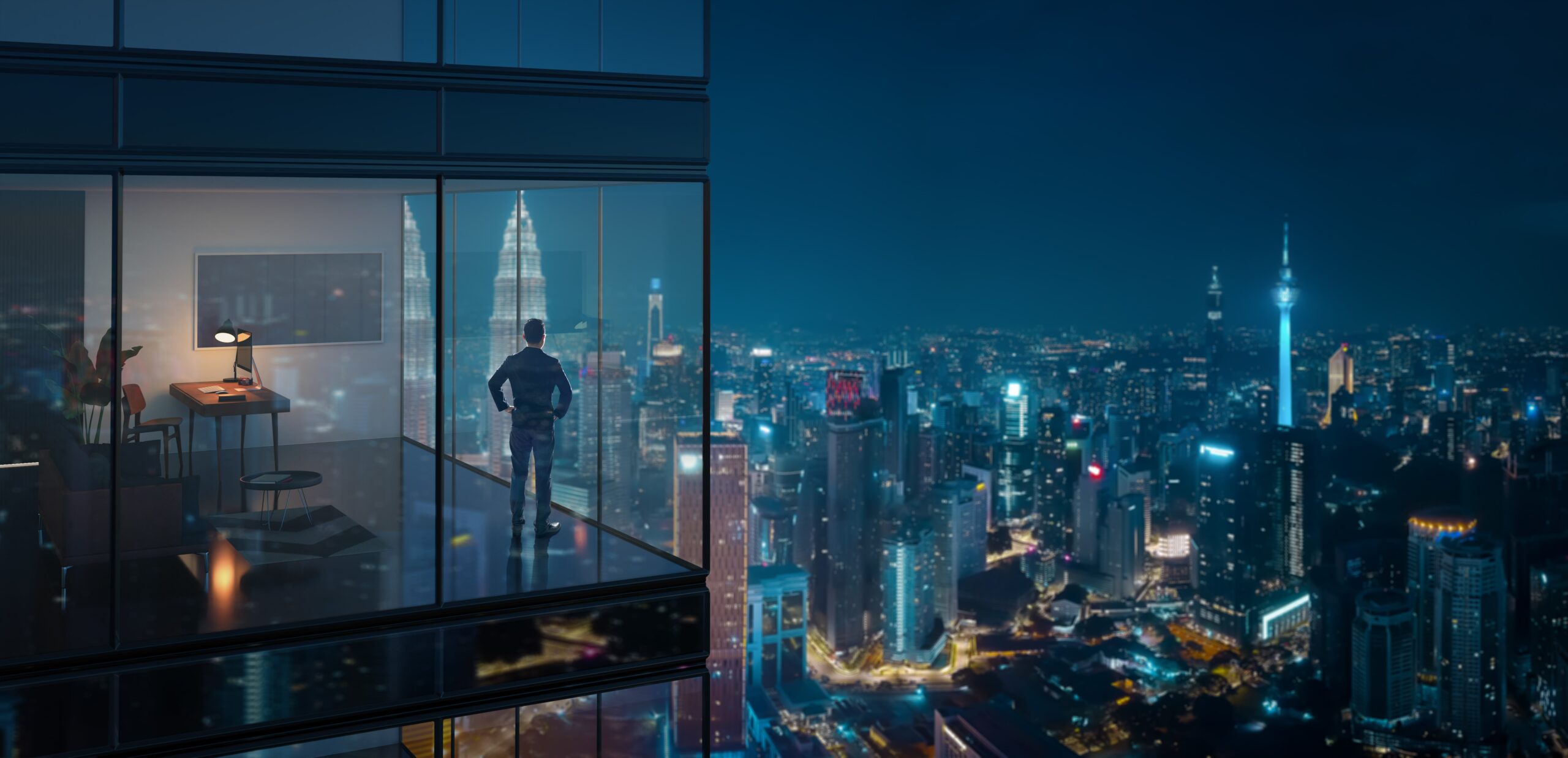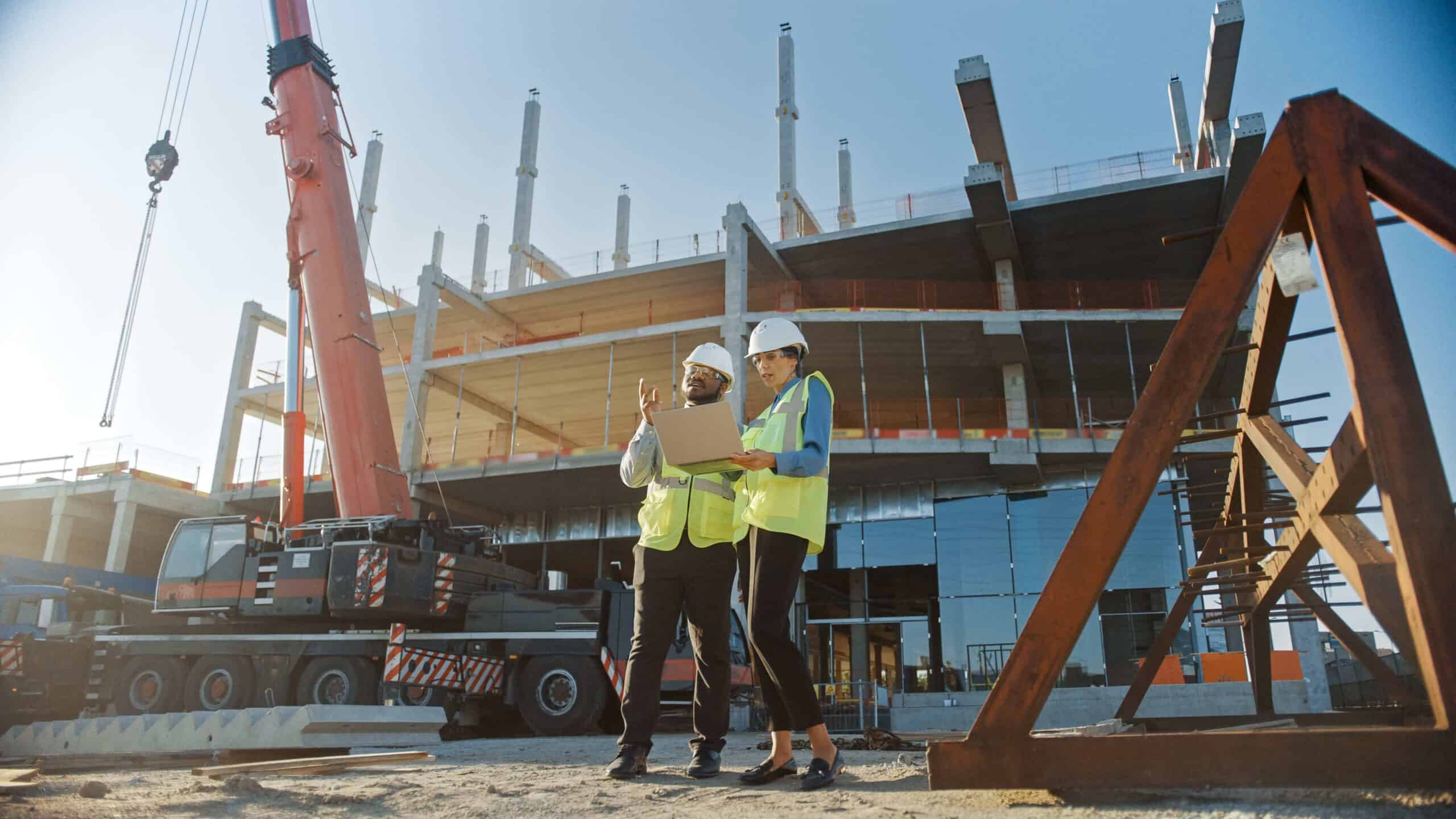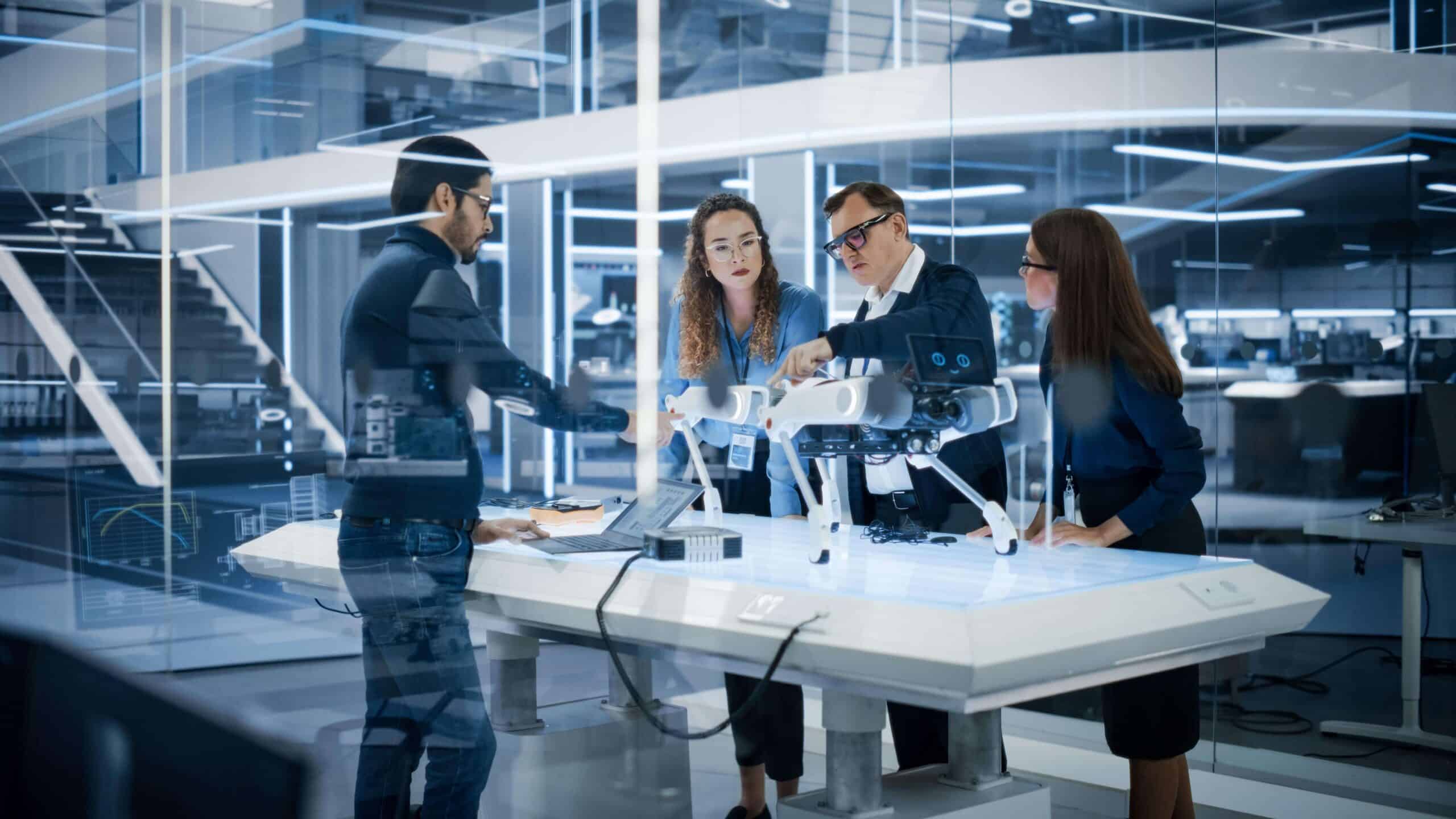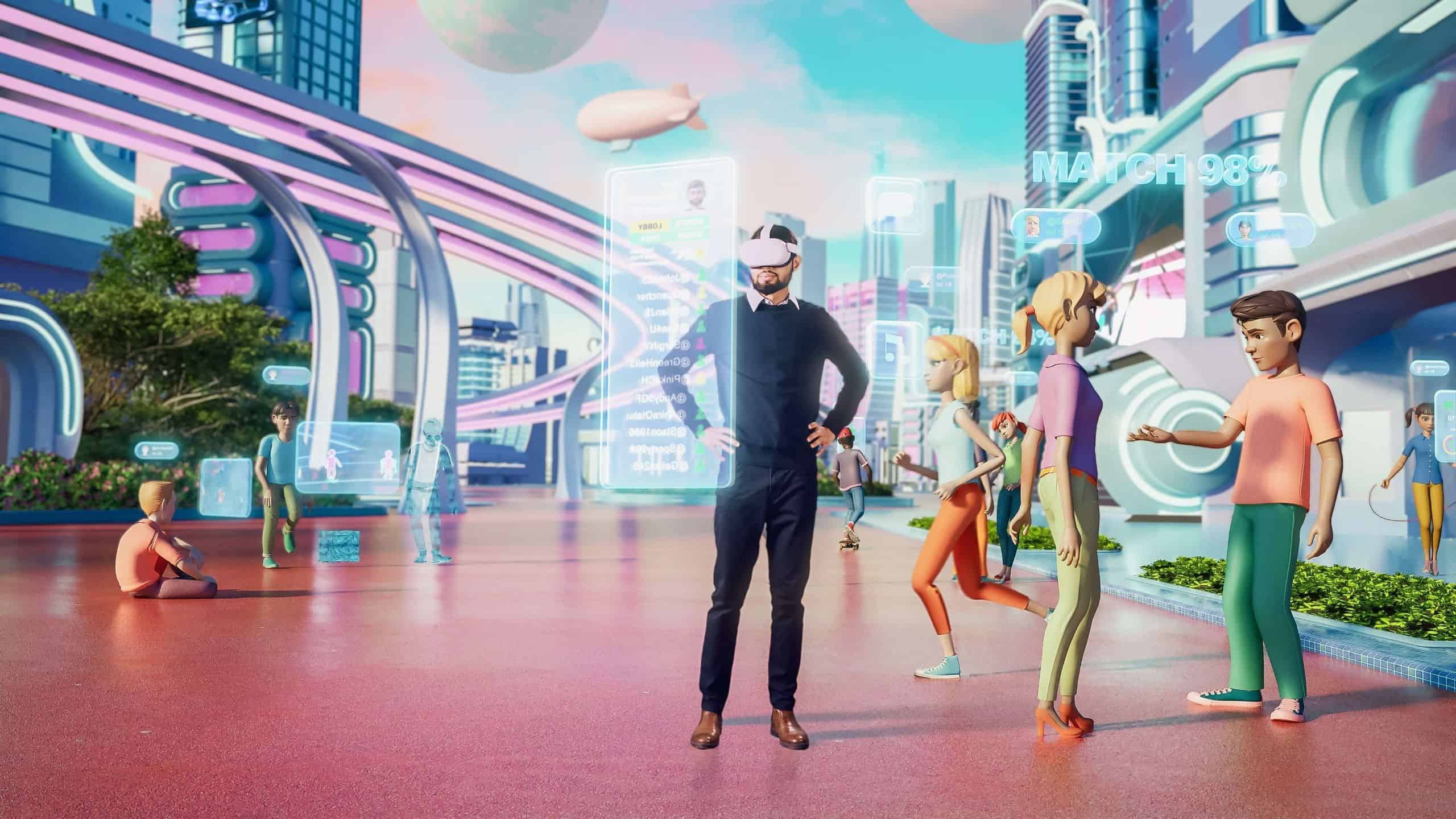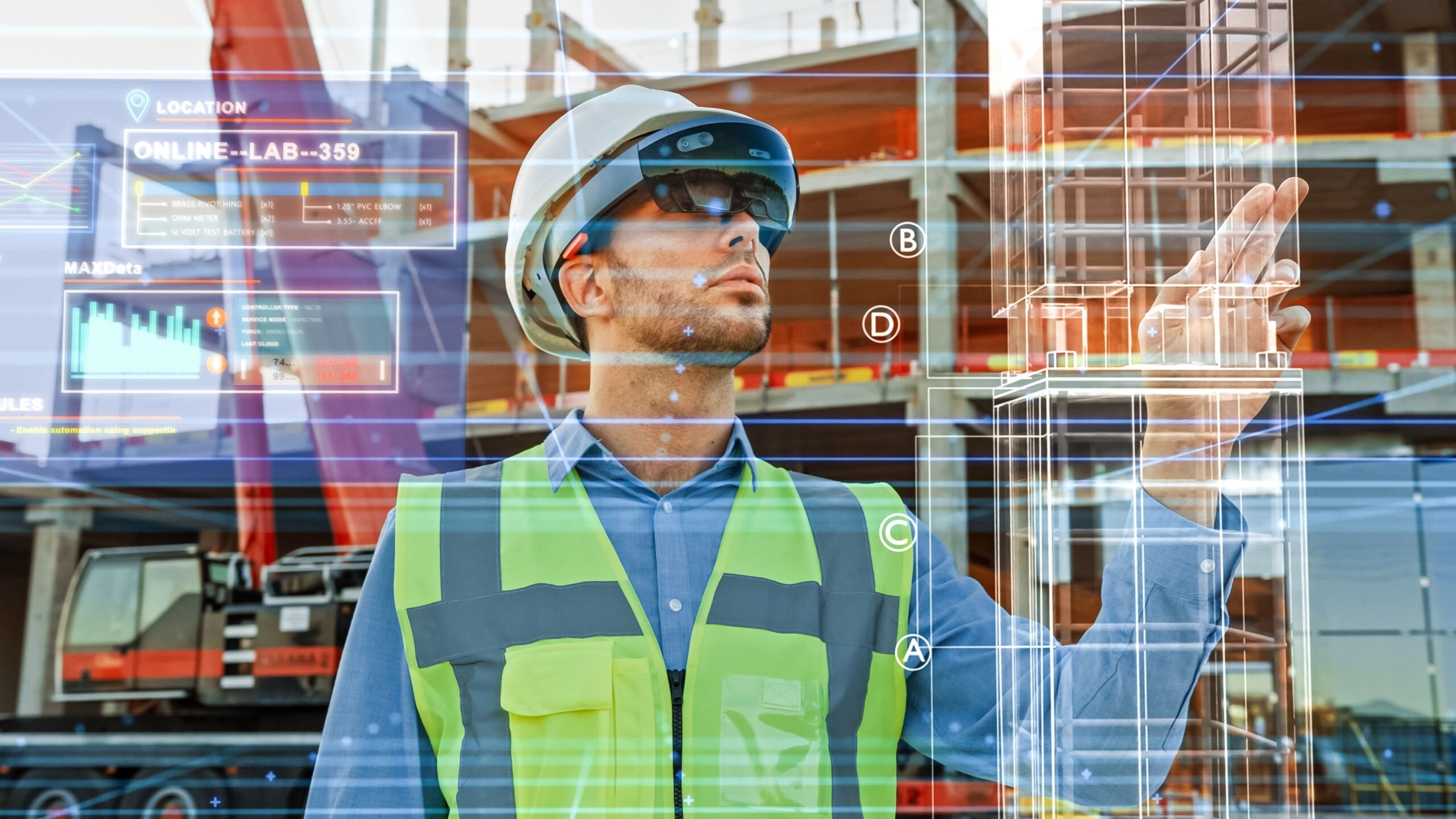- The Line: Saudi Arabia’s futuristic city in the desert
- Penang’s BiodiverCity master plan reimagines urban living
- Innovation Park in Nevada redefines urban living with blockchain
In a world where the skylines of our cities evolve faster than ever, designing for the future increasingly transcends traditional boundaries, embracing a vision that’s both audacious and forward-thinking. Today, the architectural landscape is witnessing a revolutionary shift, with firms around the globe introducing concepts that seem like they’re straight out of a sci-fi novel. This article delves into the heart of these futuristic developments, exploring the vanguard of smart cities that are not just blueprints but burgeoning realities. We’ll look at groundbreaking projects like Saudi Arabia’s The Line, where the blend of sustainability and smart technology sketches a new paradigm in urban living. Venturing into Malaysia, we’ll uncover the secrets of BiodiverCity, a project that harmonises nature with urban development. We’ll also take a look at Innovation Park in the Nevada Desert, which is a testament to the transformative potential of blockchain technology in shaping smart urban ecosystems. Each of these projects embodies a radical shift in architectural thought — a shift that doesn’t just cater to aesthetics but also prioritises sustainability, efficiency, and above all, the promise of a better future. At the core of this architectural revolution is a profound reliance on technology. From the ingenious use of novel materials to the strategic implementation of digital design tools, technology is an enabler as well as a catalyst that is redefining the very essence of urban spaces. These futuristic cities are not only pushing the boundaries of imagination but also charting a new course for humanity’s urban destiny.
“They say a lot of projects in Saudi Arabia can’t be done, they’re too ambitious. They can keep saying that and we can keep proving them wrong”.
Saudi Arabia’s Crown Prince Mohammed bin Salman
The Line: Saudi Arabia’s futuristic city in the desert
In the heart of Saudi Arabia, a groundbreaking vision is being brought to life: The Line, a pivotal element of the ambitious Neom project, a name derived from the Greek word for ‘new’ and the ‘M’ being the first letter of the Saudi prince’s given name. Imagine a city stretching 170 kilometres long, soaring 500 metres high, and with a width of only 200 metres. This architectural marvel promises a new era in urban living, where nine million people can travel from one end to the other in a mere 20 minutes, thanks to the efficient ‘Spine’ transport system. The Line is more than a city; it’s a symbol of human achievement, aspiring to rival historic wonders like the Great Wall of China and the Egyptian Pyramids. The Line is a radical reimagining of urban spaces, breaking away from traditional circular city layouts and featuring a sleek, mirrored wall facade that reflects the stark beauty of the desert. Its design prioritises harmony with nature and seeks to offer an unparalleled quality of life. Visiting Neom’s website is like stepping into the future, with promises of renewable energy, car-free districts, vertical farming, cloud seeding, and revolutionary architecture. Imagine a city where the sky is the limit, literally, with ambitious projects like Oxagon, a floating cargo port, and Trojena, a ski resort around an artificial lake.
For all its futuristic allure, The Line has also stirred scepticism — and understandably so. Critics say the project is too ambitious, and they also question the environmental impact of erecting such a colossal structure across delicate desert ecosystems and the Red Sea. The potential effects on migratory animals, birds, and the desert itself remain a topic of intense debate. In a recent documentary, ‘The Line: Saudi Arabia’s City of the Future in Neom’, Saudi Arabia’s Crown Prince Mohammed bin Salman addresses doubts about the ambitious $1 trillion megacity. He claims a personal role in its design, particularly the unique dual skyscrapers, and confidently counters scepticism about the ambitious endeavour: “They say a lot of projects in Saudi Arabia can’t be done, they’re too ambitious. They can keep saying that and we can keep proving them wrong”. He is confident that, once completed, The Line will actually compete with Miami in terms of culture, shopping, and entertainment.
The Line faces significant controversy in terms of human rights concerns as well. Peter Frankental of Amnesty International UK highlighted the ethical concerns facing architecture studios involved in Saudi Arabia’s Neom project. He emphasised the moral responsibility of these firms in light of reported human rights violations, including forced evictions related to Neom’s development and the resulting death sentences for those who resisted the evictions. Frankental noted that, despite these issues, the involved studios, including notable names from the US, UK, Netherlands, Germany, and Australia, have remained silent on the matter.
Penang’s BiodiverCity master plan reimagines urban living
In line with Penang Island’s Penang2030 vision, the BiodiverCity master plan introduces an exciting proposal to enrich the lives of Penang residents. This forward-thinking plan promises to deliver an expansive 4.6 kilometres of public beaches, cover 600 acres with lush parks, and feature a stunning 25 kilometres of scenic waterfront. In the visionary landscape of Malaysia’s southern coast, BiodiverCity emerges as a groundbreaking urban development, setting new standards for sustainable living. Conceived by architectural firm Bjarke Ingels Group (BIG), local firm Ramboll, and Hijjas, this pioneering project encompasses three distinct artificial islands — Laguna, Mangroves, and the Channels — each reflecting a unique facet of eco-conscious design. At the forefront of BiodiverCity’s innovation is its commitment to an autonomous transport network, boldly envisioning a car-free future. This novel approach prioritises pedestrians and cyclists, supported by advanced air-, water-, and land-based autonomous systems, crafting a harmonious blend of urban convenience and environmental stewardship. The Channels, the project’s first island, will be the digital heart of BiodiverCity. Spanning 500 acres, it is destined to become a hub for research, development, and burgeoning local enterprises. Here, technology, robotics, and virtual reality converge, offering a dynamic space for conferences, education, and family-oriented exploration.
Central to BiodiverCity’s ethos, the Mangroves island embodies a symbiotic relationship between urban development and natural preservation. Encircled by urban wetlands, it fosters thriving mangrove forests, renowned for their unparalleled carbon sequestration capabilities. This island champions sustainable architecture, utilising low-carbon materials like bamboo, Malaysian timber, and innovative ‘green’ concrete, creating an environment where green roofs and open spaces seamlessly integrate with the natural landscape. The Laguna, the westernmost island, epitomises ecological living. Its design features a marina encircled by a constellation of smaller islands, showcasing diverse housing styles, from floating to terraced and stilted structures. This island enhances biodiversity, offering marine habitats, recreational spots, and vital resources for local communities. Its ecological corridors and elevated boardwalks create a living tapestry, connecting forest reserves to coastal beaches, ensuring safe passages for both wildlife and residents. BiodiverCity is a beacon of sustainable urban planning, ingeniously using materials like bamboo, timber, and recycled concrete. Each district is cocooned within ecological buffer zones, nurturing biodiversity. This ambitious project not only redefines architectural innovation but also illustrates a harmonious coexistence between urban development and nature’s embrace.
“I could leave all my money to my kids and charity and stuff like that, or I truly can try to change the world. How many people really get that chance? Could you go to sleep at night every night knowing that you had the chance to do something and you didn’t? That’s how I feel about it. This, for me, is a legacy”.
Jeffrey Berns, crypto millionaire and CEO of Blockchains L.L.C.
Innovation Park in Nevada redefines urban living with blockchain
In the heart of Nevada’s desert, Innovation Park emerges as the epitome of visionary thinking and cutting-edge technology. Envisioned by Jeffrey Berns, the enigmatic crypto millionaire and CEO of the firm Blockchains L.L.C., this expansive 67,000-acre project, initially named Painted Rock, symbolises a leap into a future where blockchain technology reshapes urban life. Berns, with his deep-rooted belief in blockchain as a transformative force, aims to craft a unique smart city where blockchain isn’t just a buzzword; it’s the very foundation of daily life. In this digital utopia, the conventional barriers of data management and financial transactions dissolve, empowering residents to oversee their personal information and assets directly, bypassing traditional intermediaries. Innovation Park is more than just an ambitious project; it’s a bold reimagining of community living. Residents will experience a life where work, leisure, and social interactions are seamlessly integrated, all underpinned by blockchain’s transparent and secure framework. The dream is to create a space where technology enhances every aspect of life, forging a community that’s both interconnected and independent.
Berns says: “I could leave all my money to my kids and charity and stuff like that, or I truly can try to change the world. How many people really get that chance? Could you go to sleep at night every night knowing that you had the chance to do something and you didn’t? That’s how I feel about it. This, for me, is a legacy. Coming to Nevada, it felt like I came home.” Nevada’s Governor Steve Sisolak has shown support, advocating for legislation that could pave the way for more such innovation zones. These zones could potentially alter the dynamics of state governance and democracy. Berns’ vision isn’t without its challenges and controversies, however. Sceptics voice concerns that these projects may prioritise the ambitions of the wealthy over the wider community’s needs. Despite these debates, Innovation Park stands as a beacon of futuristic urban planning, a bold experiment in the Nevada desert. It’s a place where the promise of a blockchain-based economy and governance model is being put to the test. Whether it will be a pioneering success or a mirage in the desert remains to be seen. As this venture unfolds, it continues to spark curiosity and debate about the role of technology in shaping our future cities.
In closing
As we conclude this exploration of the world’s most innovative urban projects, it’s clear that these initiatives are more than just architectural marvels. They represent a profound shift in how we envision the future of urban living. From The Line’s ambitious redefinition of city design to BiodiverCity’s harmonious blend of nature and urbanisation, and Innovation Park’s trailblazing use of blockchain, each project is a step towards reimagining the possibilities of urban spaces. Looking ahead, the future of smart cities appears both exciting and complex. These projects are not just about constructing buildings; they are about building communities and redefining the interaction between humans and their environment. The focus on sustainability, efficiency, and technological integration is a promising sign that our future cities will be more livable, resilient, and inclusive.
However, this future also comes with challenges. Balancing technological advancement with environmental stewardship, addressing social and ethical implications, and ensuring equitable access to these smart urban spaces are crucial considerations. As we move forward, it is essential that these innovative projects are grounded in a holistic understanding of urban development and respect for human rights, considering not only the physical infrastructure but also the social, economic, and environmental impacts. In conclusion, these groundbreaking urban projects are not just shaping skylines; they are shaping the future of humanity. They challenge us to think differently about urban living, pushing the boundaries of innovation and creativity. As we continue to explore and develop these futuristic cities, it is imperative that we do so with a sense of responsibility and a vision for a sustainable, equitable, and thriving world for all.
